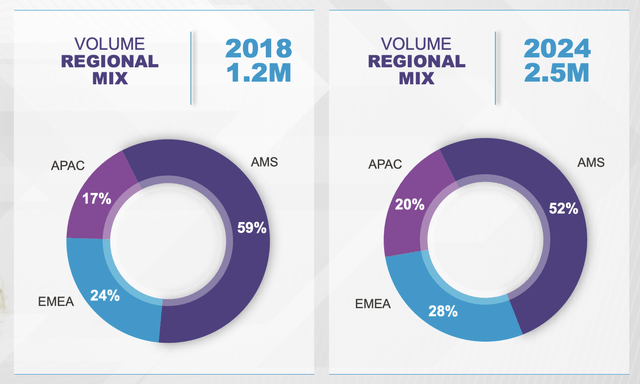Human Error: Why Your Biggest Cybersecurity Weakness Isn't Your Tech, It's Your Team

We invest heavily in firewalls, antivirus software, and cutting-edge security systems, believing that technology alone will safeguard our businesses from cyber threats. But the reality is far more nuanced. According to experts, the most significant cybersecurity risk isn't a technological vulnerability; it's the people within your organisation.
Rick Hutchinson, CTO at VikingCloud, with over 17 years of experience leading technology initiatives, understands this challenge intimately. He's seen firsthand how even the most sophisticated security infrastructure can be undermined by human error. The comfort of believing we're protected by expensive technology is a dangerous illusion – a trap that leaves us vulnerable.
The Human Factor: A Constant Target
Cybercriminals are increasingly targeting human vulnerabilities. Phishing scams, social engineering tactics, and insider threats are becoming more prevalent and sophisticated. Why? Because people are often the weakest link in the security chain. A single click on a malicious link, a carelessly shared password, or a moment of distraction can compromise an entire network.
Think about it: how many employees receive regular, comprehensive cybersecurity training? How confident are you that everyone understands the risks of clicking on suspicious emails or sharing sensitive information? The answers to these questions often reveal the extent of your organisation's human-related vulnerabilities.
Beyond the Basics: Building a Security-Conscious Culture
Addressing the human element of cybersecurity isn't just about ticking boxes with annual training sessions. It requires a fundamental shift in organisational culture. Here's how to cultivate a security-conscious environment:
- Regular, Engaging Training: Move beyond generic presentations and offer interactive, scenario-based training that resonates with employees. Tailor training to different roles and departments.
- Phishing Simulations: Regularly test employees' ability to identify phishing emails. This provides valuable insights into areas where training needs to be reinforced.
- Clear Security Policies: Develop and enforce clear, concise security policies that outline expectations for employee behaviour.
- Promote a Culture of Reporting: Encourage employees to report suspicious activity without fear of reprisal. Make it easy for them to do so.
- Lead by Example: Senior management must demonstrate a commitment to cybersecurity best practices. Actions speak louder than words.
Investing in People is Investing in Security
While technology plays a crucial role in cybersecurity, it's only half the battle. Investing in your people – their training, awareness, and understanding of security risks – is an investment in the overall security of your organisation. Don't fall into the trap of thinking that expensive technology alone will protect you. Focus on building a human firewall – a team that is vigilant, informed, and empowered to defend against cyber threats.
Rick Hutchinson’s experience underscores a critical truth: true cybersecurity resilience comes from a holistic approach that prioritises both technology and the human element. Start by assessing your current human vulnerabilities and developing a plan to strengthen your team's security posture. Your business’s future may depend on it.






